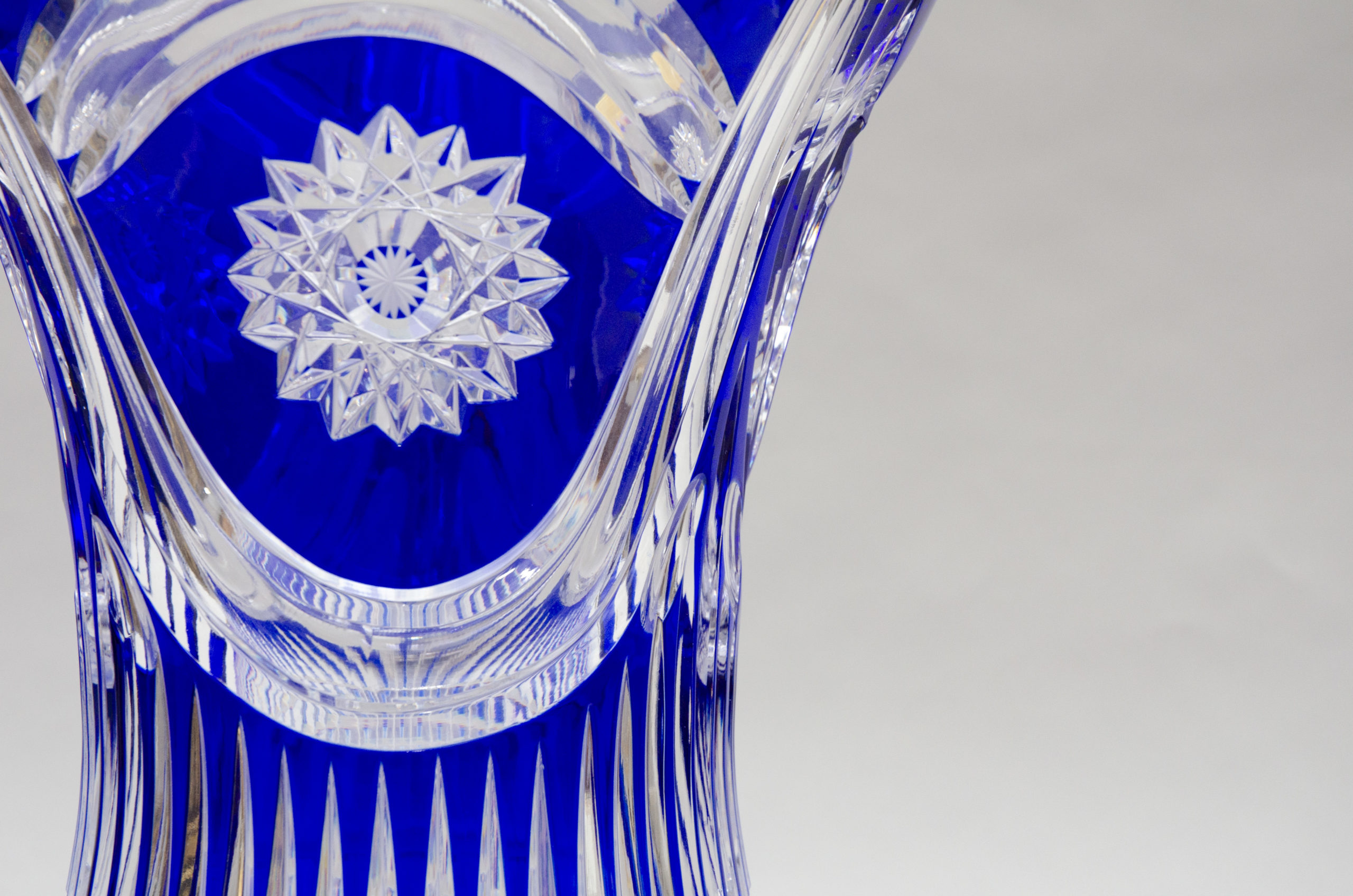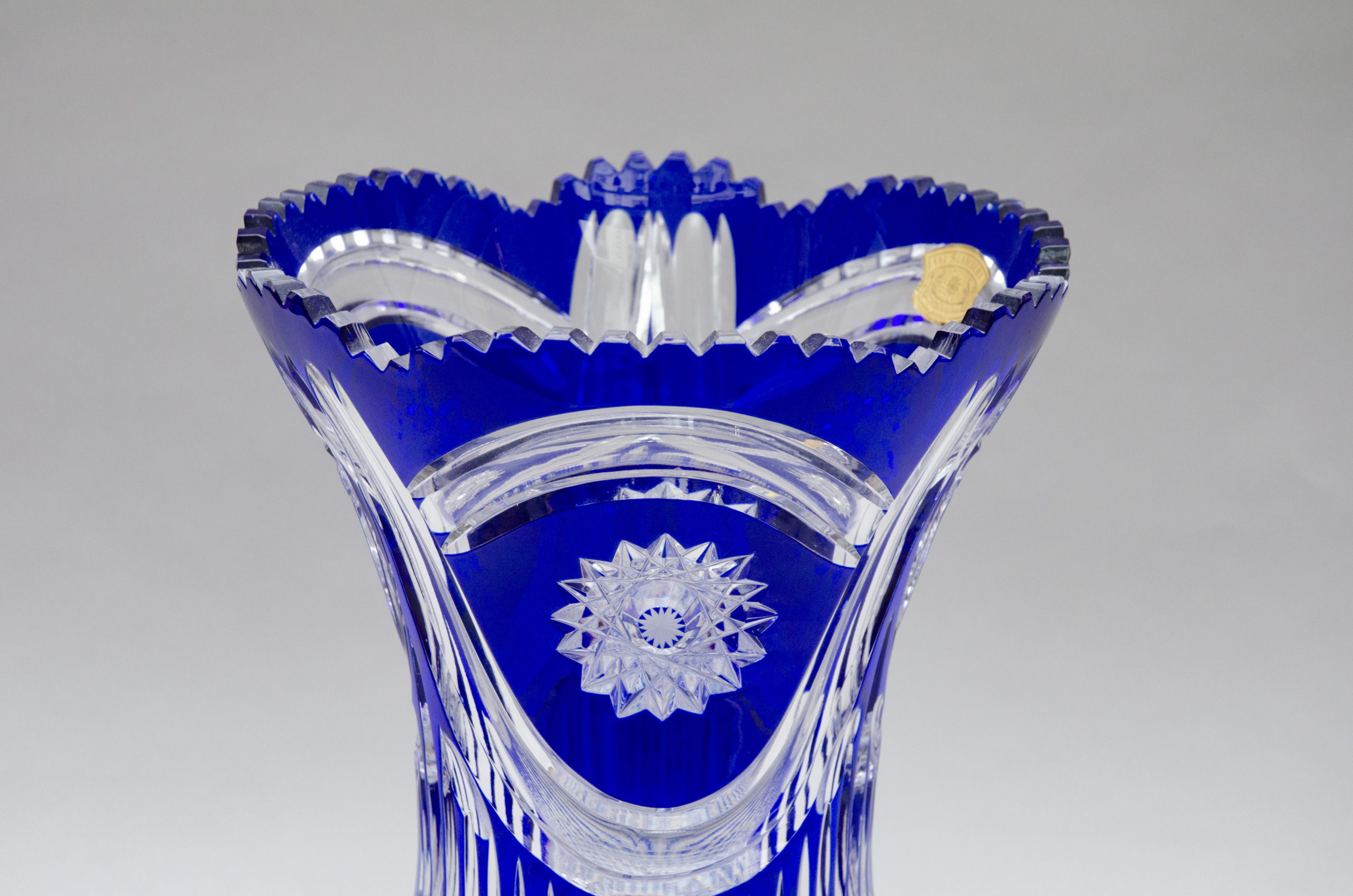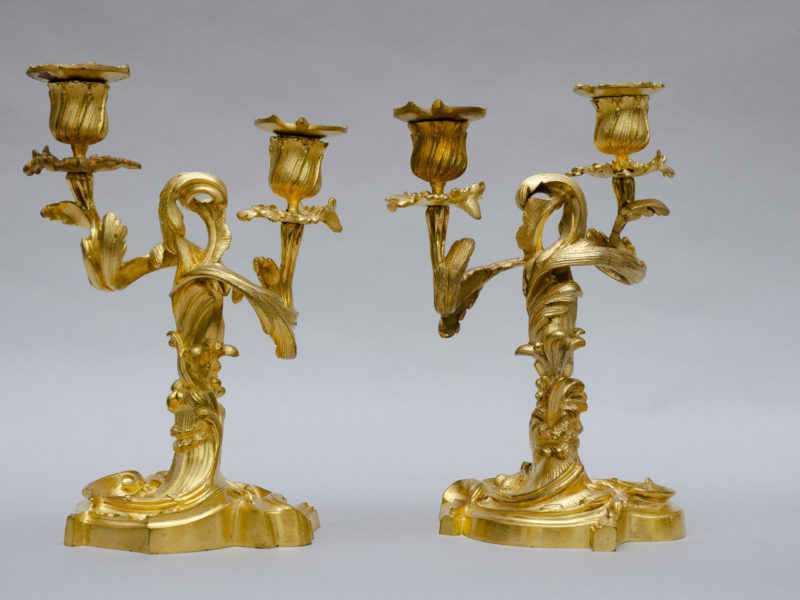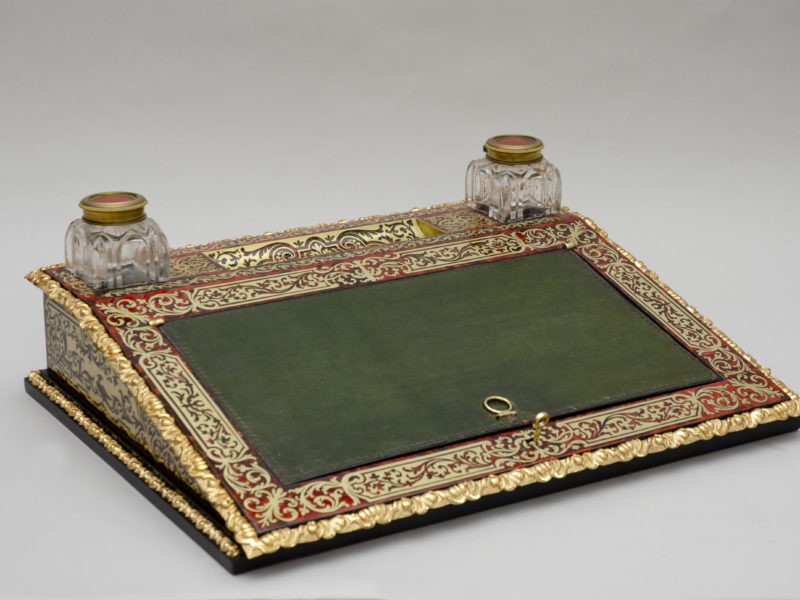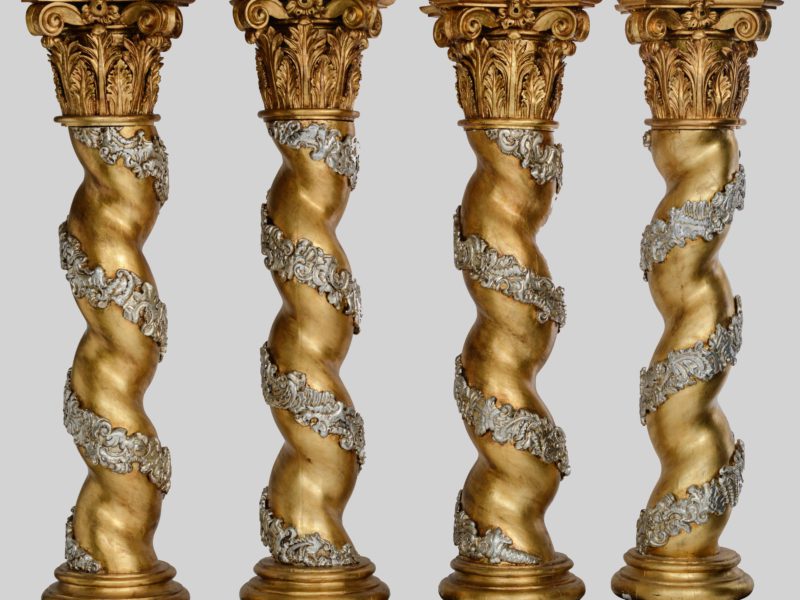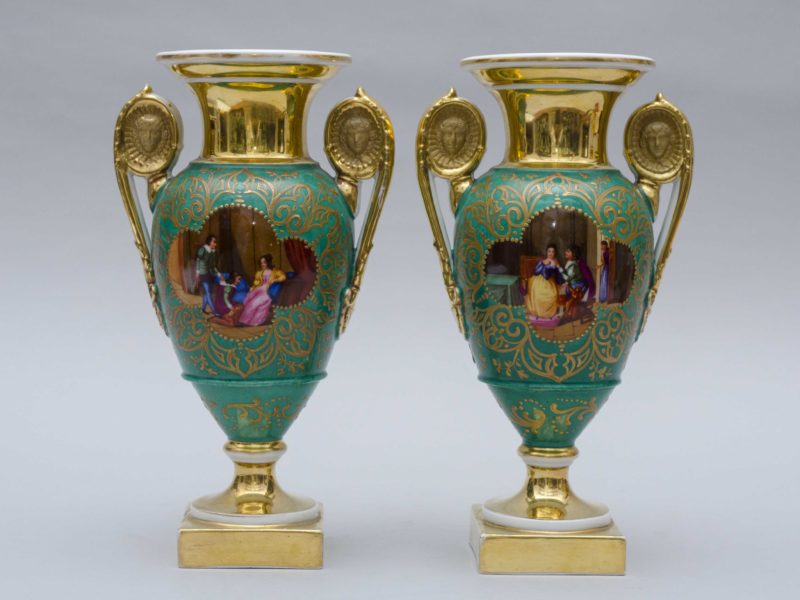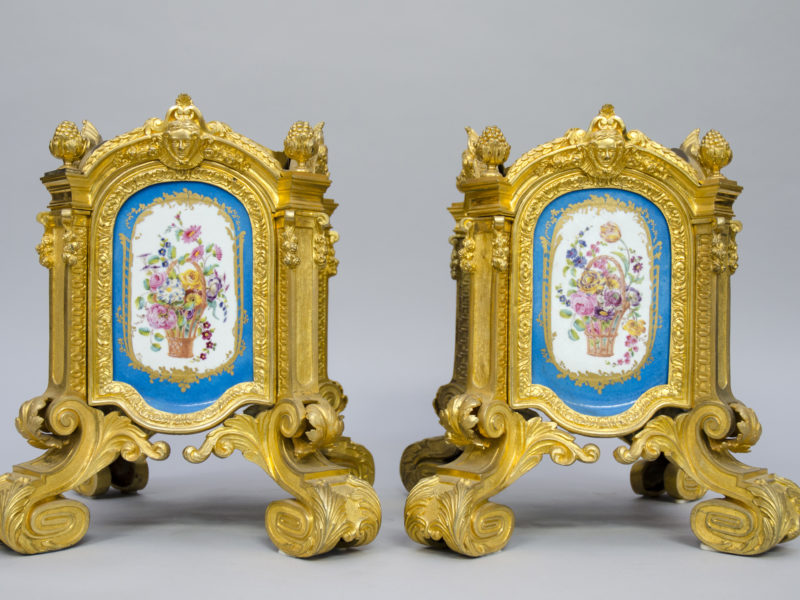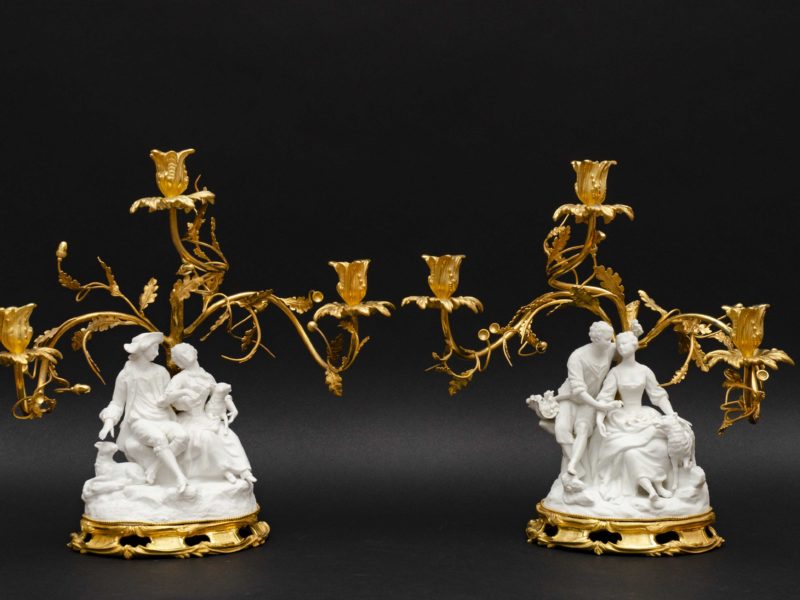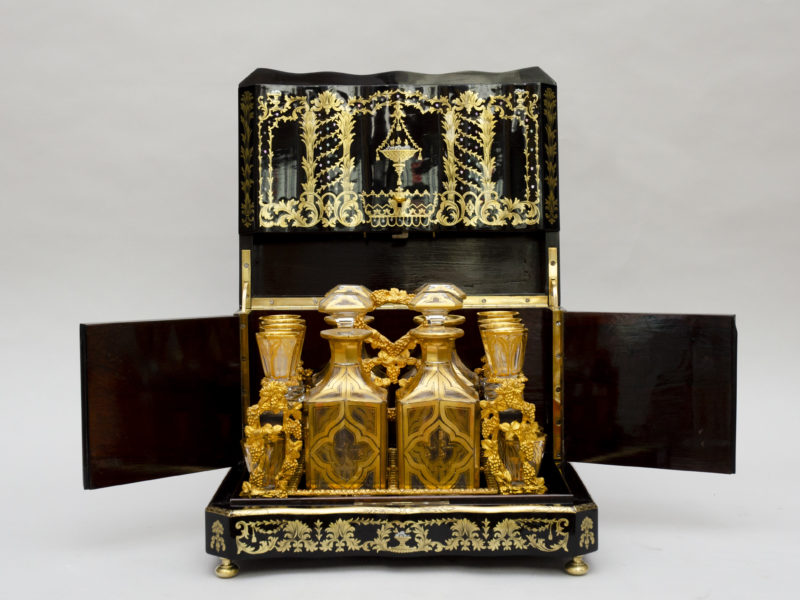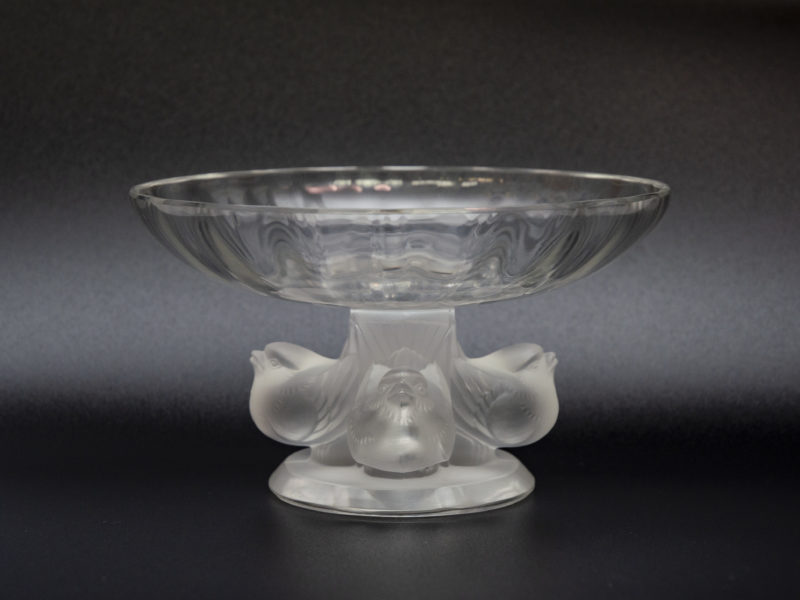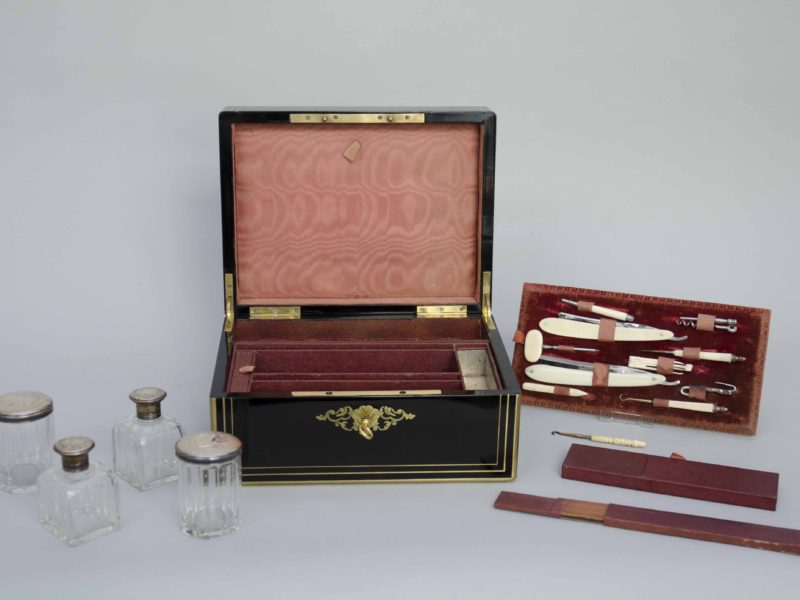Large cristal vase, Val-Saint-Lambert
Price on request
In stock
Contact usBlue cut crystal vase of the Val-Saint-Lambert manufactory.
Size: H 41 cm
First part of the 20th century.
Lit: In the Middle Ages, the Principality of Liège was an independent territory within Western Europe. It was ruled by a powerful prince-bishop who combined religious and political power. In Seraing, at the beginning of the 13th century, in a place called ‘le Champ des Maures’, Prince-Bishop Hugues de Pierpont donated his lands to the Cistercians in order to found an abbey there… Tireless builders, the monks channelled streams, created ponds, drained marshes, mined the coal discovered in the ground and built a church and monastic buildings. Only part of the original abbey is still visible today. As the number of pilgrims grew, a large building designed to accommodate guests was added to the abbey in 1629: the Maison des Étrangers (House of Strangers). It still exists today.
Following the French Revolution, Liège lost its autonomy. In accordance with the laws of the republic, religious orders were abolished and their property confiscated. The abbots were evicted and the abbey was auctioned off on 10 July 1797. It was purchased by a citizen named Deneef. He destroyed the abbey church and converted the buildings into a linen mill. But his mill was not a success!
A little later, after the fall of the Empire, the chemist Kemlin and the polytechnician Lelièvre set up a crystal factory in the Val Saint Lambert abbey. The location was ideal: the Meuse river and the main road were nearby, the buildings were large and all the raw materials and skilled labour were available in the surrounding area.
In June 1826, smoke rose from the Cistercian abbey in Seraing: the first furnace at the Val Saint Lambert crystal factory was fired up. Val Saint Lambert quickly grew to become the epicentre of the Belgian crystal industry. All the conditions were in place for a thriving industry: proximity to the Meuse, a coal-mining region, a railway network, not to mention the gigantic cloister rooms, which were perfectly suited to large-scale artistic and craft activities.
At the end of the 19th century, Val Saint Lambert was booming. The site around the former abbey had become an impressive village with more than 180 workers’ houses with small gardens, a school, a shop and even a hospital. In the crystal factories, which had meanwhile gained worldwide renown, some 5,000 employees produced 120,000 unique crystal creations every day.
At the beginning of the 20th century, the world’s largest crystal chandeliers were created: two monumental chandeliers for the palace of Maharaja Gwalior in India. Weighing 3.5 tonnes and measuring 13 metres high, the architect had the ceiling tested for strength by bringing 10 elephants to the first floor.
“The First World War brought expansion to an abrupt end. Various important markets disappeared: the Balkans, the Tsars of Russia, Germany. The global crisis of 1929 and the bombings of the Second World War precipitated the decline of the crystal factory. It was not until the 1960s and 1970s that two important innovations breathed new life into Val Saint Lambert: the introduction of the diamond disc for better cutting and engraving, and the replacement of the traditional pot furnace with a basin furnace, which allowed the raw materials to be melted continuously to obtain liquid glass.
From the 1970s onwards, several restructurings and takeovers marked the history of Val Saint Lambert. […]”
“Today, crystal is still blown by hand along the banks of the Meuse. […] The art of crystal making is born from natural materials and has been passed down from father to son for many generations.
As a supplier to the Belgian Court and manufacturer of prestigious and unique pieces, Val Saint Lambert is famous for its double-layered, coloured and cut crystal. The brand regularly collaborates with renowned international designers, giving rise to contemporary works that bear witness to the ancestral expertise of Belgian crystal manufacturing.”
(Sources: https://www.val-saint-lambert.com/
https://www.patrimoinevivantwalloniebruxelles.be/patrimoines/artisanat)
In stock
Contact us

